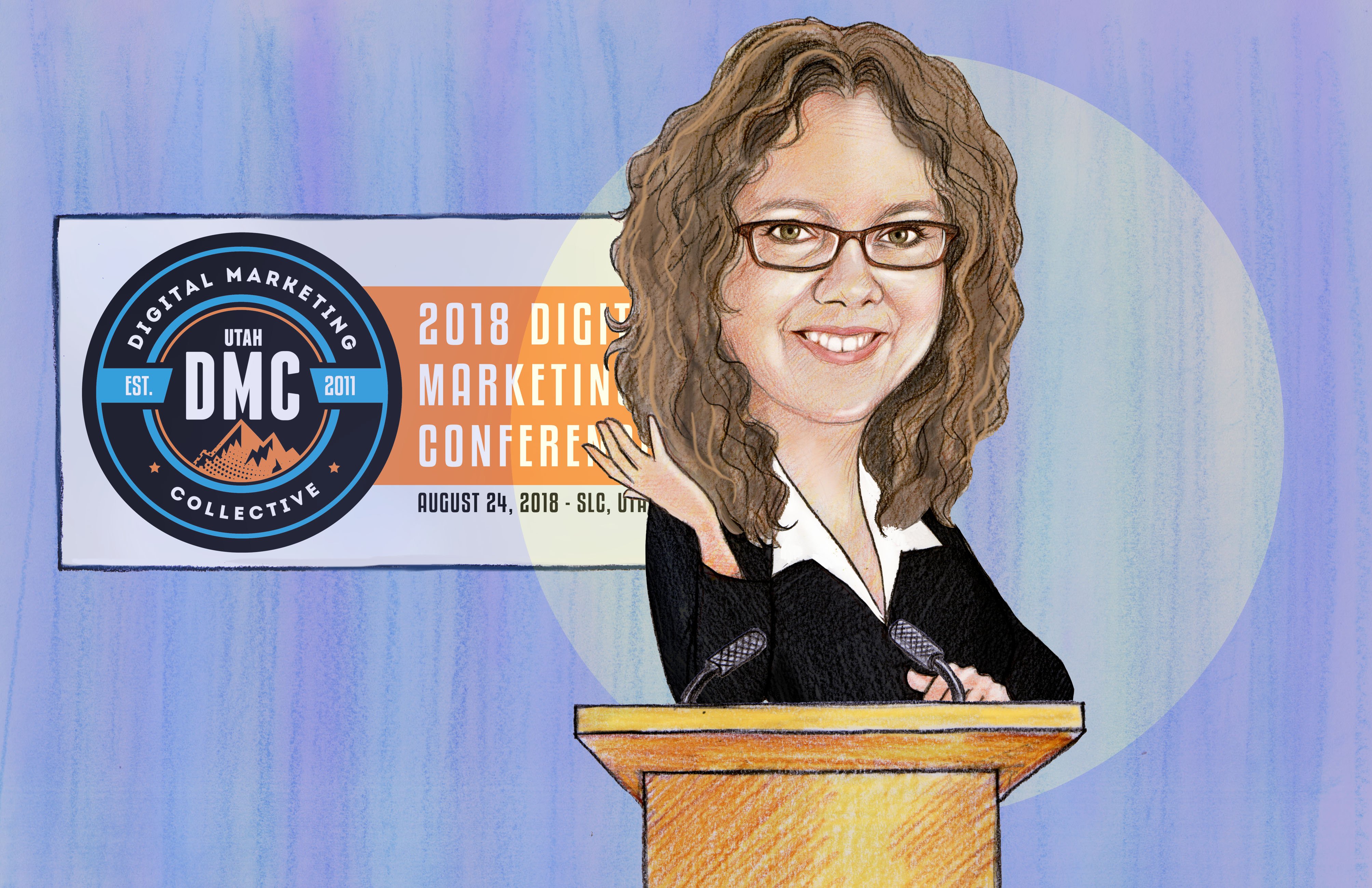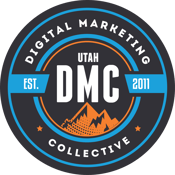
Marie Haynes relishes knowing and learning how Google operates and how their algorithms work. She has her own consulting company, Marie Haynes Consulting, that is focused primarily on helping websites perform better specifically after Google algorithm updates. For years Marie did solo consulting trying to figure out the puzzle of the Google algorithm and penalties. She analyzes and studies the penalties, algorithms and Google quality raters guidelines thoroughly, and the SEO industry is all the better for it.
Marie covers some of the most important areas of the Google quality raters guidelines, and how it impacts SEO. According to Marie, if we understand the guidelines we can get clues for how to rank better. Some of the topics Marie covers are:
- What is E-A-T?
- How to improve E-A-T?
- What are the characteristics of high and low quality pages?
- How does Google determine trust?
What is E-A-T?
E-A-T stands for expertise, authoritativeness, and trust. By establishing a foundation of E-A-T, it helps to ensure that the content is high quality. This establishes a standard of credibility and shows to Google that they can trust your site or a clients website. Below is a snapshot from the guidelines outlining what goes into E-A-T including content quality, website information, and website reputation.
Google Updates
Back in 2011, Marie started creating a list of algorithm updates, including but not limited to penguin, and panda, among others. Some of these updates have been announced by Google and others that weren’t announced but can be seen through a lot of unusual movement in the data.
One of the biggest updates of 2017 was an unnamed update in February and many saw a significant drop in their data. According to Marie this update was heavily focused on E-A-T. Marie gave some examples of what happened with the February update of last year.
Looking at Google organic traffic, this drop was pretty typical of sites that were hit on that day.
The second major dip shown here was another update that took place on March 8, 2017. This updated was called FRED. Marie believes it was related to a lot of changes that happened in relation to the February 7th update. She hypothesizes that is when Google started heavily implementing information from the quality raters guidelines into their algorithms. And that every quality or core update since has been related to the quality raters guidelines, including August 1st of this year. While there were some sites that were less affected by the August update, there were many websites that took a very hard hit. With each Google update, the standard for genuinely great content continues to raise, re-emphasizing the need for high quality work and sites with established E-A-T.
Characteristics of Low Quality Pages
For clients that fall under what the guidelines refer to as Your-Money-or-Your-Life (YMYL) websites, E-A-T is crucial. The quality raters guidelines tell us that if you are a YMYL site and you’re lacking EAT, then that’s a sign of low quality.
Industries under the following categories are typical examples of YMYL:
- Financial
- Legal
- Medical
- eCommerce
Basically any site that takes transactions is considered YMYL. So according to the guidelines, if expertise, authoritativeness and trust is lacking, then use the low quality rating. Note that all you need is one of these attributes in order to be considered low quality.
Characteristics of High Quality Pages
The guidelines also tell us what we need to know about what they consider to be high quality pages. The most important item to note here is a high level of E-A-T. High E-A-T will assist in establishing all the other areas following that first point.
How to Improve E-A-T?
So how does someone build trust and establish E-A-T for high quality pages? While it can be quite difficult, it is not impossible to accomplish. Let’s think about how Google actually measures E-A-T and ways to improve E-A-T:
- Links & mentions from authoritative sites
- Reviews: Yelp, BBB, Amazon, Google
- Wikipedia
- Forum Mentions
- Get Press
- Improve author E-A-T
Now that being said, be cautious with what links are being acquired because Google knows which links to trust. Which means that a lot of links could potentially be ignored or discounted by Google if you aren’t careful. As you go about creating strategies to build E-A-T, remember that it is extremely difficult to fake E-A-T and if you try, Google will be able to see right through that. Overall just make sure that when you are reaching out to authoritative sites or using industry experts to improve author E-A-T, make sure that everything is legitimate and not conjured up out of nowhere. Google needs to know that they can trust you, or your client, without a reasonable doubt.
Trust
When it comes to trust, there are a few things that Google is looking for:
- YMYL sites have facts and/or claims are supported by thoroughly researched references
- References are cited (pop-out, bottom of article, etc. as long as it’s there)
- Content is current and up-to-date (when new facts come up, content is updated)
- Product content is displayed in a tasteful, non-overbearing way (don’t over-advertise to people, keep it balanced on the page)
- Show genuineness and trust with business follow through (e.g. if there is a money back guarantee, make sure they can actually get their money back)
- Have a clearly defined terms and conditions page with information about returns, refunds, etc. that is easy to read and navigate.
The Take Aways
Ultimately, Marie stated it best when she said:
“Google is getting really, really good at figuring out which websites to trust and which websites people want to see. And people want to work with businesses that they can trust and they can see through fake stuff. You have to make it so that people will trust your website.”
When it comes to SEO, make sure you are including the following tactics to keep in line with the Google quality raters guidelines:
- Build trust by being an authority in your industry
- Have experts as co-authors and fact check the content
- Have a business people can trust
And may the odds be ever in your favor with the Google algorithm updates!
